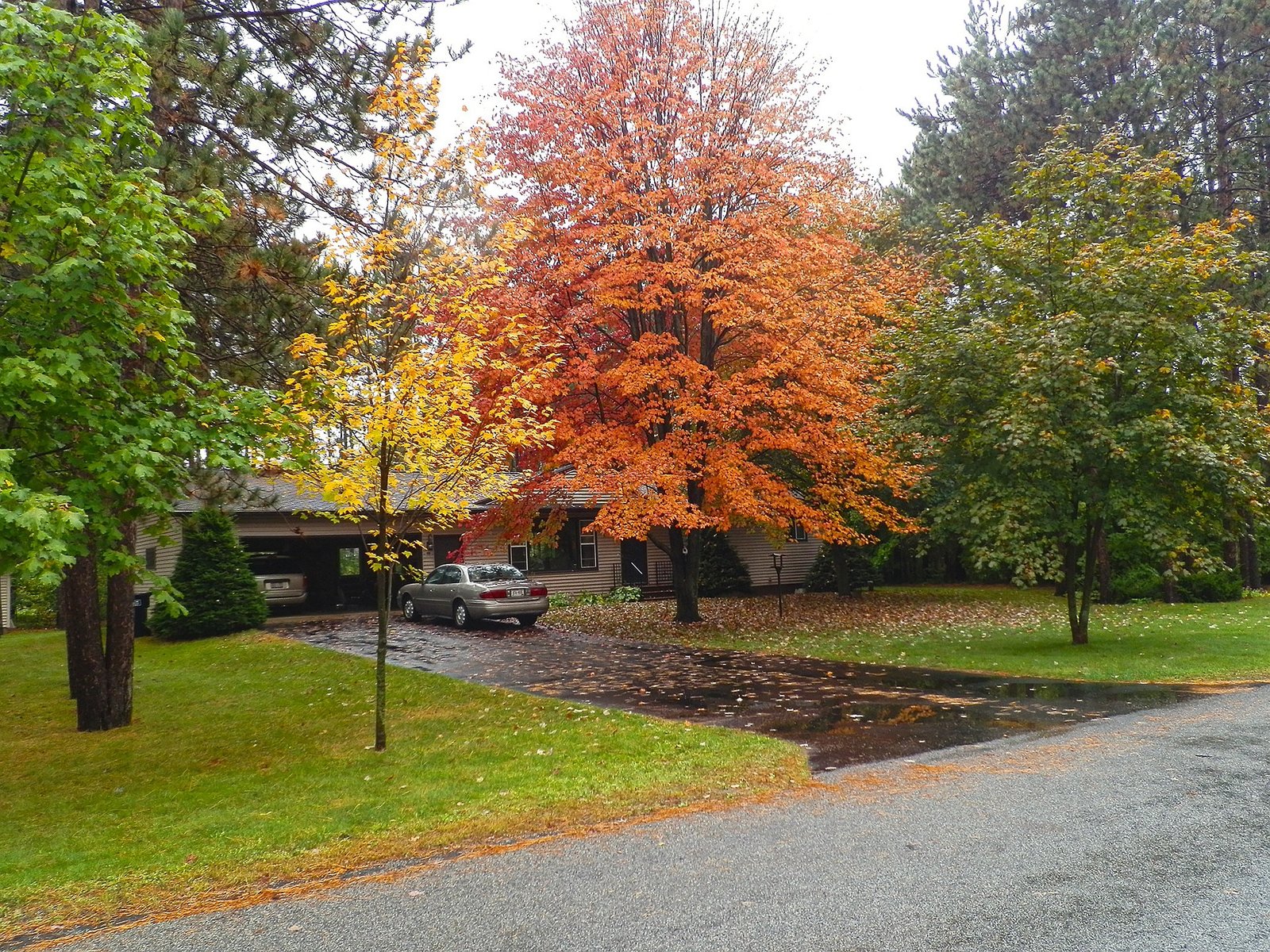LATEST_BLOGS
Tree Trimming Techniques for Different Tree Types

Tree trimming is an essential practice for maintaining healthy, attractive, and safe trees. Different tree types require specific trimming techniques to ensure their proper growth and health. Whether you’re a homeowner looking to beautify your yard or a professional arborist, understanding these techniques is crucial. Phoenix tree trimming service is particularly important due to the region’s unique climate and diverse tree species. This guide will explore the specific trimming needs for deciduous trees, evergreen trees, and fruit trees, providing you with the knowledge to keep your trees in optimal condition.
Deciduous Trees: Specific Trimming Needs and Techniques
1. Timing
Trimming deciduous trees during dormancy, from late fall to early spring, is optimal because the tree is dormant, reducing sap loss and stress. This timing also minimizes the risk of spreading diseases and pest infestations, as insects and pathogens are less active during this period.
2. Crown Thinning
This method entails plucking branches from the tree canopy one by one. By reducing the density of the foliage, crown thinning improves sunlight penetration and air circulation within the tree. This helps to maintain the tree’s overall health by reducing the risk of fungal infections and promoting even growth throughout the canopy.
3. Crown Raising
Lower branches of deciduous trees can be removed to elevate the crown. This creates clearance for pedestrians, vehicles, and structures beneath the tree. Crown raising is especially beneficial in urban areas where space is limited, improving visibility, accessibility, and safety.
4. Dead wooding
Removing dead, dying, or diseased branches is crucial for the health of deciduous trees. Deadwood can attract pests and pathogens, leading to further decay and compromising the tree’s structural integrity. Regular dead wooding not only enhances the tree’s appearance but also reduces the risk of branches breaking and causing damage or injury.
5. Crown Reduction
When a deciduous tree has outgrown its space or poses a risk due to its size, crown reduction is a viable solution. This technique involves selectively pruning branches to reduce the overall size of the crown while maintaining its natural shape and balance. Careful cuts are made to lateral branches that are at least one-third the diameter of the branch being removed, ensuring minimal stress to the tree and promoting healthy re growth.
Evergreen Trees: Differences in Trimming Techniques
1. Timing
Late winter to early spring is ideal for trimming evergreens, ensuring minimal stress and allowing wounds to heal before the growing season. Light trimming throughout the year can address immediate issues but avoid pruning during hot, dry spells to prevent dehydration and stress.
2. Selective Pruning
Remove dead or damaged branches promptly to prevent disease entry. Thinning out crowded areas improves sunlight penetration and airflow, which is crucial for maintaining the tree’s health and vigor. Unlike deciduous trees, evergreens do not regenerate from old wood, so pruning should be strategic.
3. Shaping
Carefully trim evergreens to preserve their natural shape and structure. Avoid excessive pruning that can lead to sparse growth or an unnatural appearance. Maintaining the tree’s natural form ensures aesthetic appeal and supports its ability to withstand environmental stresses.
4. Shearing
For formal hedges and topiaries, shearing maintains a neat and dense appearance. Use sharp tools to achieve clean cuts, avoiding cutting back too far into old wood, which can weaken the tree. Regular, light shearing helps promote dense foliage and a defined shape.
5. Pinching
Conifers benefit from pinching back new growth (candles) in spring to control their size and shape. This technique encourages compact growth and maintains the desired form without the need for extensive pruning. It’s particularly effective for maintaining conifers in ornamental landscapes and gardens.
Fruit Trees: Maximizing Fruit Production through Trimming
1. Dormant Pruning
Pruning during dormancy, typically in late winter, is essential for fruit trees as it promotes vigorous growth by removing dead or diseased wood. It also shapes the tree for optimal light penetration and air circulation, crucial for robust fruit production in the upcoming season.
2. Thinning Cuts
Removing entire branches at their base allows sunlight to reach lower branches and fruiting spurs, improving fruit quality and quantity. This technique also enhances air circulation, reducing the risk of fungal diseases and ensuring even ripening throughout the tree.
3. Heading Cuts
Careful pruning of branch tips encourages the development of lateral shoots, which bear fruit. This method helps maintain the tree’s shape and size while promoting fruit-bearing wood. However, excessive heading can lead to dense growth and hinder fruit production.
4. Suckers and Water Sprouts Removal
These vigorous shoots originate from the trunk or main branches and do not contribute to fruit production. Removing them redirects the tree’s resources towards fruit-bearing branches, ensuring better fruit quality and reducing the risk of disease by improving airflow.
5. Annual Maintenance
Regular pruning ensures a healthy balance between vegetative growth and fruit production. It includes removing weak or crossing branches, which can compete for resources and hinder fruit development. Proper annual maintenance supports the longevity of the tree and optimizes fruit yield year after year.
Conclusion
Proper tree trimming is vital for maintaining healthy and aesthetically pleasing trees. Each tree type—deciduous, evergreen, and fruit—requires specific techniques to ensure their optimal growth and productivity. In Phoenix, tree care is essential due to the unique climatic conditions and diverse species found in the region. By understanding and applying the appropriate trimming methods, you can enhance the beauty and health of your trees, contributing to a vibrant and thriving landscape. For comprehensive Phoenix tree care, consider consulting with a professional arborist, such as Hummingbird Tree Care LLC, to ensure your trees receive the best possible maintenance.
Stay ahead of the curve with the freshest news updates by exploring TodayFirstMagazine!







